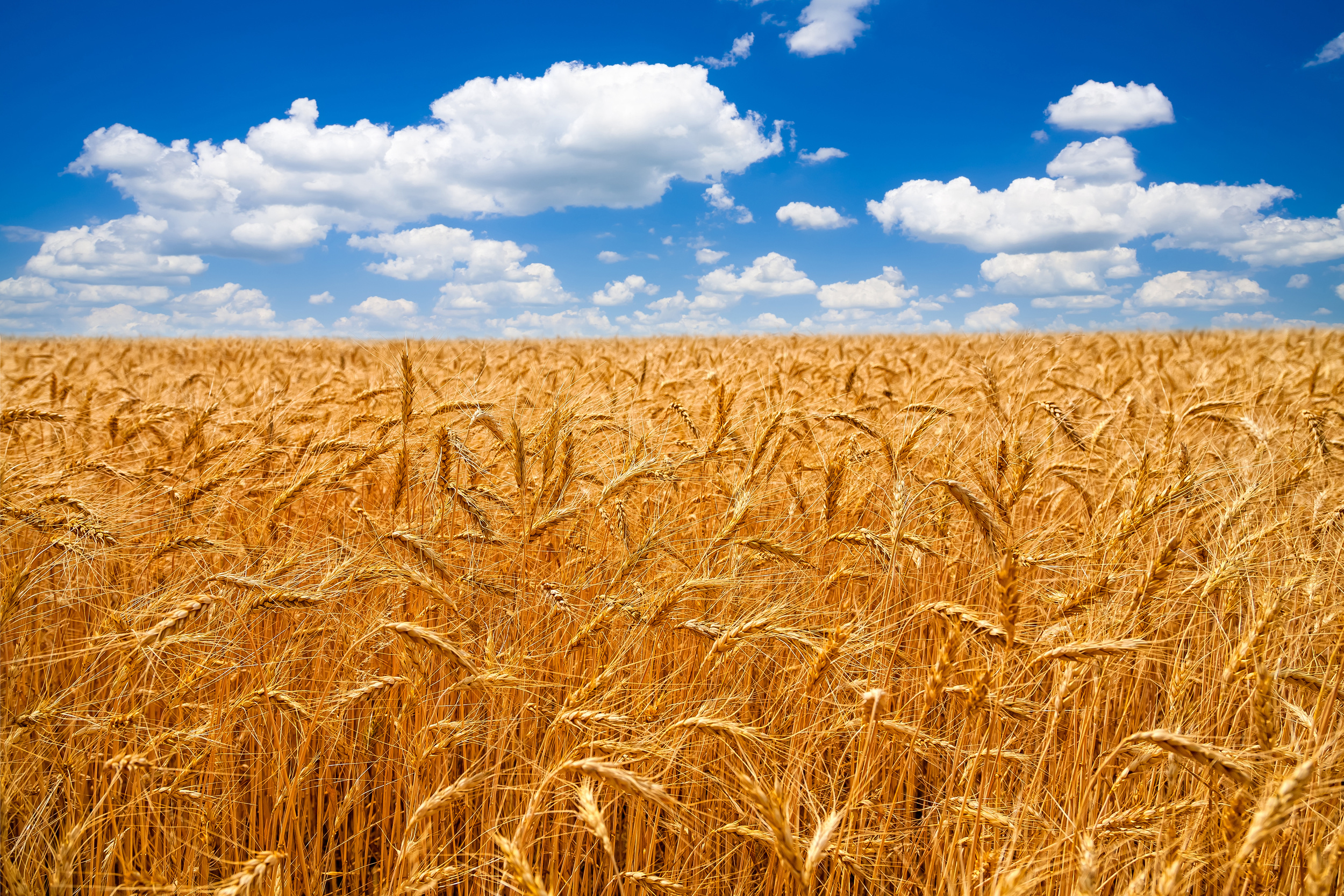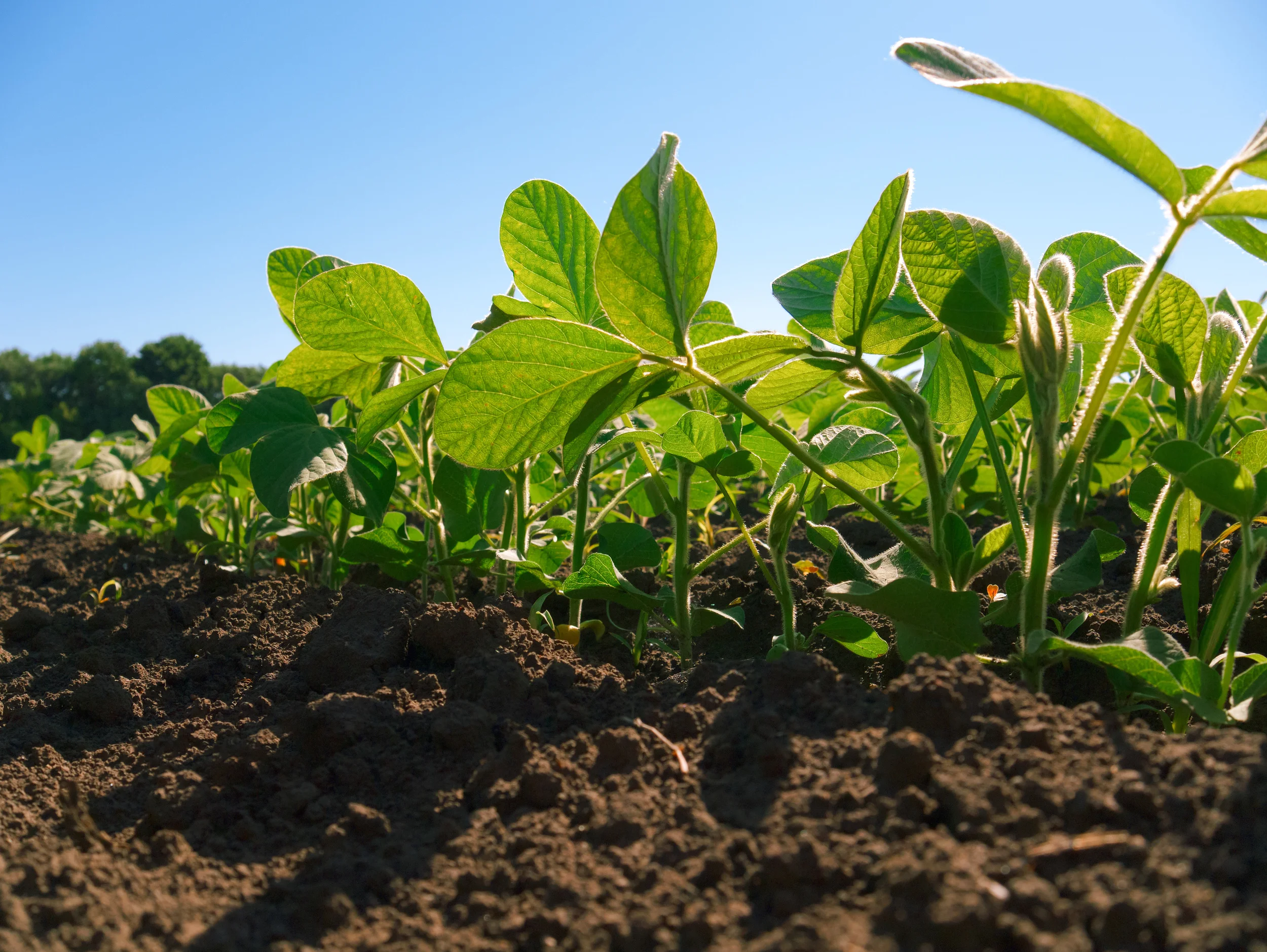






SCROLL DOWN
THIS IS TERRA
Unsurpassed data approach to source sustainable farmland investments
Terra Top Farms is a data-driven investment manager focused on the $2.6 trillion U.S. farmland market. Terra utilizes the LandX Data System, which incorporates its six-decade track record working with the industry's leading multi-generational family farm and ranch operations, its proprietary 900-million acre farmland data system, and the extensive experience of its management team to source premium off-market and sustainable farmland opportunities for investors.

Why Farmland?
The World's Most Vital Sustainable Impact Asset
Why Farmland?
The World's Most Vital Sustainable Impact Asset
Long-Term Investment Fundamentals
Demand for Food and Energy. The world's relentless population growth, coupled with rising incomes in the fast-expanding middle classes of China and India (with nearly 40% of the world’s 7.9 billion people) and other countries, are creating fundamental long-term changes in global diets as consumers desire more protein-rich food. For example, the Chinese ate 20kg of beef per person in 1985. Today they eat more than 60kg, creating an exponential increase in grain demand because it takes 8kg of grain to produce 1 kg of beef. Increasing food needs in turn are competing with a worldwide push for renewable energy, resulting in unprecedented additional demand for agricultural commodities.
Advanced Technology. Agricultural productivity, profitability, and therefore farmland values have resulted from a variety of technological breakthroughs. Gene-splicing biotechnology makes it possible to improve crops and livestock in ways never before achievable through conventional breeding. Genetic engineering enables researchers to insert a wide variety of genes into a plant and create an improved crop in half the time or less. Plants are being engineered to emit their own pesticides, grow in dry climates and produce food that is nutritionally superior. Other ag technology utilized by top family farm operators is equally impressive: crop harvest monitors that record the precise yield from small sub-units of each field, with any variability mapped on a GPS field grid. The following year variable rate planters and fertilizer applicators apply precisely adjusted inputs for each sustainable sub-unit based on the variability map generated the previous year. Ground-level sensors, satellite imagery, and drones then measure crop performance throughout the growing season.
Impact on Farmland
The economic impact on farmland value from developments such as these will be significant in the years ahead. Global demand for agricultural output is rising, but only about 10% of the world’s land is arable and that amount is steadily decreasing. The U.S. loses approximately 1 million acres of farmland per year to non-agricultural uses, and millions more are lost worldwide. As a result, the remaining U.S. farmland is an increasingly valuable finite resource for meeting global food, fuel and fiber needs. The graph below compares Illinois farmland (comparable to productive land in other regions of the U.S.) to other major assets on a risk-adjusted basis from 1970 to 2011. In the decade since then, farmland has continued to deliver steady returns with vary low risk.
American Farmland's Unrivaled Position
There are, of course, farmland investment opportunities in other parts of the world, but the U.S. is unsurpassed in terms of soil quality, climate, infrastructure, agricultural research, political stability and the rule of law. The U.S. is the largest exporter of agricultural products in the world, and the most significant positive contributor to America’s balance of trade.

LandX
Unsurpassed Data-Driven Farmland Investment Information
LandX
Unsurpassed Data-Driven Farmland Investment Information
terra's 900-MILLION ACRE META-DATA SYSTEM
Terra’s LandX Data System is comprised of a wealth of farmland data that has been assembled over the past six decades. LandX provides unprecedented insight into agricultural land and related business operations throughout the U.S., profiling approximately 2 million farms and ranches involving 900 million acres of land. Investment-related nominal data such as the owner, operator, address, acreage, commodities produced and numerous other types of information can be generated for each longitudinal / latitudinal property location in the country. This nominal data is then layered with various geo-spatial data sets such as soil productivity and climate history for every field within an operation. LandX provides Terra with an unequalled ability to identify unlisted and undervalued properties throughout the U.S., far beyond the scope of typical farm brokers or asset managers.

Investment Strategy
Strategic Farmland Portfolio Structuring
Investment Strategy
Strategic Farmland Portfolio Structuring
Terra's ability to source, analyze and conduct value comparisons of outstanding sustainable farmland investment opportunities within its LandX System provides an unequalled ability to arrange investments virtually anywhere on the risk/return spectrum (for both separate account and fund investors).
Core
For conservative investors, these steady income, minimum-risk properties are primarily annual row crop properties, such as corn, soybeans and cotton, and are leased to the most qualified owner/operators identified in the LandX system. Leases are structured on a cash or commodity-share basis with targeted annual returns ranging from approximately 3% to 6%. Appreciation is projected to meet or exceed the long-term national average of 6% to 7%. Total returns targeted for this type of investment range from 10% to 12% per year.
growth
For investors seeking higher growth potential, this strategy makes greater use of leverage when acquiring properties, and can include both annual row crops and permanent crops, such as citrus, almonds, and vineyards. Properties are leased on a combination of base cash rent plus a share of the commodity production. Annual appreciation is projected to meet or exceed the long-term national average in a given area. Targeted returns range from approximately 12% to 15%.
Opportunistic
For investors seeking still higher return characteristics, investments are made utilizing a combination of factors. These include transitional land opportunities, management turnaround strategies, value-add commodity production and investments in agribusiness operations related to the real estate. Targeted returns generally range from 15% to 20%.

Track REcord
Track REcord
A HALF-CENTURY OF INNOVATION
Terra's forerunners represent more than 50 years of market-defining accomplishments, focused on providing innovative production, marketing, and data-related services for America’s premier multi-generational family farm owner / operators. These collective resources and relationships over the last six decades established the foundation for Terra's sustainable farmland investment approach. The track record includes:
Farmland asset management services, in partnership with UK-based Booker McConnell PLC and IBEC (the Nelson Rockefeller family global agribusiness investment entity), were provided through Doane Farm Management which at the time was the industry’s largest asset management company overseeing 500,000 acres.
Market communications and advisory alliances, the first and most expansive programs of their kind, involved multinational agribusinesses such as Allis Chalmers, Massey Ferguson, Eli Lilly, Ford Motor Company, Union Carbide, Ralston Purina, IMC Global, Chicago Mercantile Exchange and others of similar stature. These partnerships defined premium level management practices for farmers and ranchers to operate at maximum profitability levels.
Groundbreaking publications, such as Farm Futures, the industry’s first risk management magazine and now in its fifth decade, pioneered widespread producer use of futures, options and other marketing strategies.
Natural resource programs, including National Wildlife Magazine and the Environmental Quality Index, were originated in conjunction with the National Wildlife Federation, Encyclopedia Britannica, the United Nations. They integrated agricultural and environmental efforts to encourage early adoption of sustainable farming methods.
Electronic data delivery systems, such as AgriData Resources that developed AgriStar as the first agricultural information and computer network, provided instant on-demand business content to top producers years ahead of widespread Internet use.
A series of networking associations, beginning with the Farm Efficiency Program underwritten by the Ford Fund to analyze the world’s most productive farms, ultimately evolved into Top Farmers of America, the industry’s first and largest private business association of leading producers.
Commodity related programs, ranging from private advisory publications to direct inventory management, were developed in conjunction with exchanges such as Chicago Board of Trade and clearing firms such as Reynolds Securities.
The Total track record
To view the complete legacy track record of Terra’s forerunner entities in the agriculture industry over the past six decades, please click HERE.






